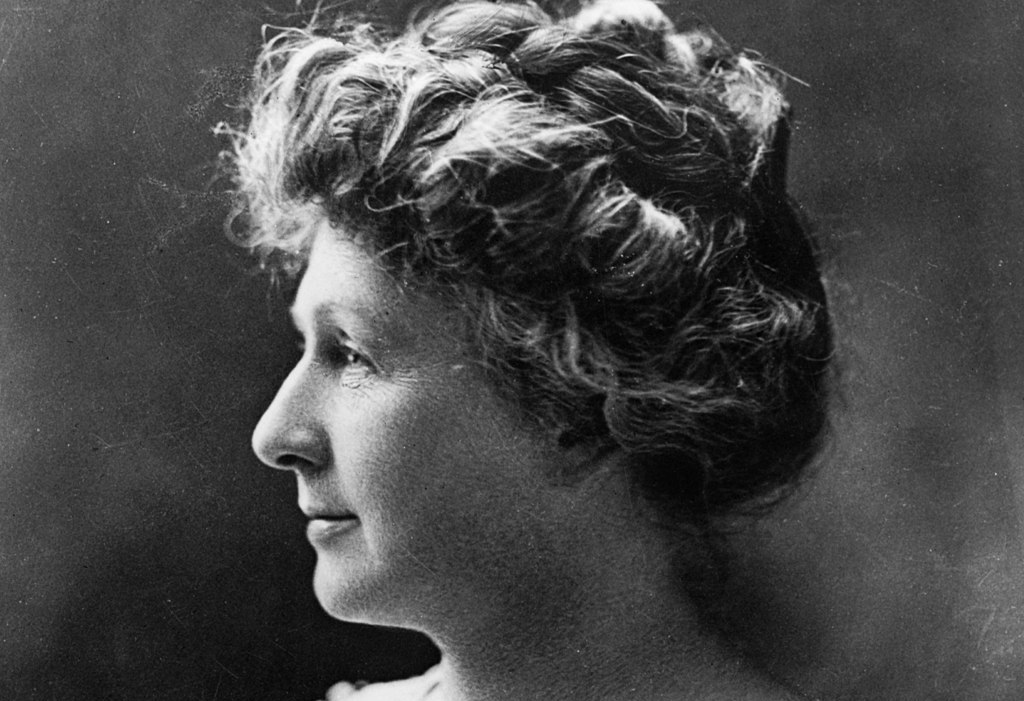
Annie Jump Cannon, known as “the census taker of the sky,” was a brilliant and pioneering astronomer responsible for the classification of hundreds of thousands of stars. Her system, the Harvard Classification Scheme, ranks stars as O, B, A, F, G, K, or M, with "O" being the hottest and "M" the coolest, and is still used today.
Annie Jump Cannon was born on December 11, 1863, in Dover, Delaware. Her mother taught her the constellations as a child, igniting a passion for stars early on. She attended Wellesley College, where she studied physics and astronomy. She graduated in 1884 and went on to focus on astronomy for two years at Radcliffe College. While there, she was hired to work at the Harvard College Observatory under Edward Pickering, beginning her career as one of several dozen female "computers."
Cannon did not let the meager salary, tedious work, and lack of recognition stop her from making significant scientific discoveries. She teamed up with Williamina P.S. Fleming and Antonia Maury, and she devoted her energy to the ambitious project of recording, classifying, and cataloging the spectra of all stars down to those of the ninth magnitude.
Finding the conventional systems of classification to be ineffective for her research, Cannon developed a new system to classify stars, mainly based on temperature, by combining two known models. The mnemonic device “Oh! Be A Fine Girl – Kiss Me!” (OBAFGKM) still helps astronomers remember the letter sequence. Her achievements continued in 1911 when she was appointed the Curator of Observational Photographs at Harvard’s observatory.
Cannon worked with astonishing speed and accuracy and was credited with classifying 5,000 stars per month from 1911 to 1915. Over the course of her lifetime, she cataloged about 350,000 stars. She won multiple awards, including the Henry Draper Medal of the National Academy of Sciences. She was also the first woman to become an officer in the American Astronomical Society. Cannon retired in 1940 but continued her research until her death the following year. The Annie Jump Cannon Award in Astronomy, which she founded in 1933, is still given annually to a woman who has received her PhD in the past five years.
